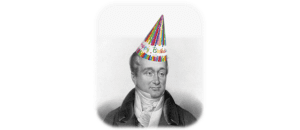How, and why, does Dupuytren’s disease actually contract? What is the physical mechanism? What provokes it? There is a genetic risk, but genes don’t provide the entire script, otherwise Dupuytren’s contractures should be symmetric, the same problem developing at the same time in the same way in both hands, but that’s not what happens: usually, contractures in one hand are different in time and space than the other hand. Why? One explanation is that Dupuytren’s is both biological and mechanical, and that physical forces somewhat influence the process. One way to study the big picture is to look at the little picture: what happens inside Dupuytren cells in response to physical forces? This is an active and exciting area of research. Myofibroblasts are the contracting cells producing Dupuytren’s and other fibrotic contractures. Myofibroblasts respond to stretching by first relaxing and then pulling against the line of pull. This process is the subject of ongoing studies. In “Stretch-activated force-shedding, force recovery, and cytoskeletal remodeling in contractile fibroblasts” (full text: https://dupuytrens.org/DupPDFs/2008_Nekouzadeh.pdf), researchers used a laboratory model to demonstrate fibroblast reactions to stretch. Stretching cells initially tears the scaffolding inside cells, which is made of the protein actin. This releases tension, but also provokes the cells to pull back in two phases. The first phase starts within seconds (“Rapid Active Response”), the second after a few minutes (“Gradual Active Response”). These responses show the cell repairing the torn proteins. Other responses follow, modifying the collagen matrix outside the cells. The result? The more you pull, the more Dupuytren’s pulls back. This is the type of data we need to move past what would seem to make sense, but is probably exactly wrong (pulling and stretching your fingers back to keep them from contracting) to an effective treatment, a cure.





